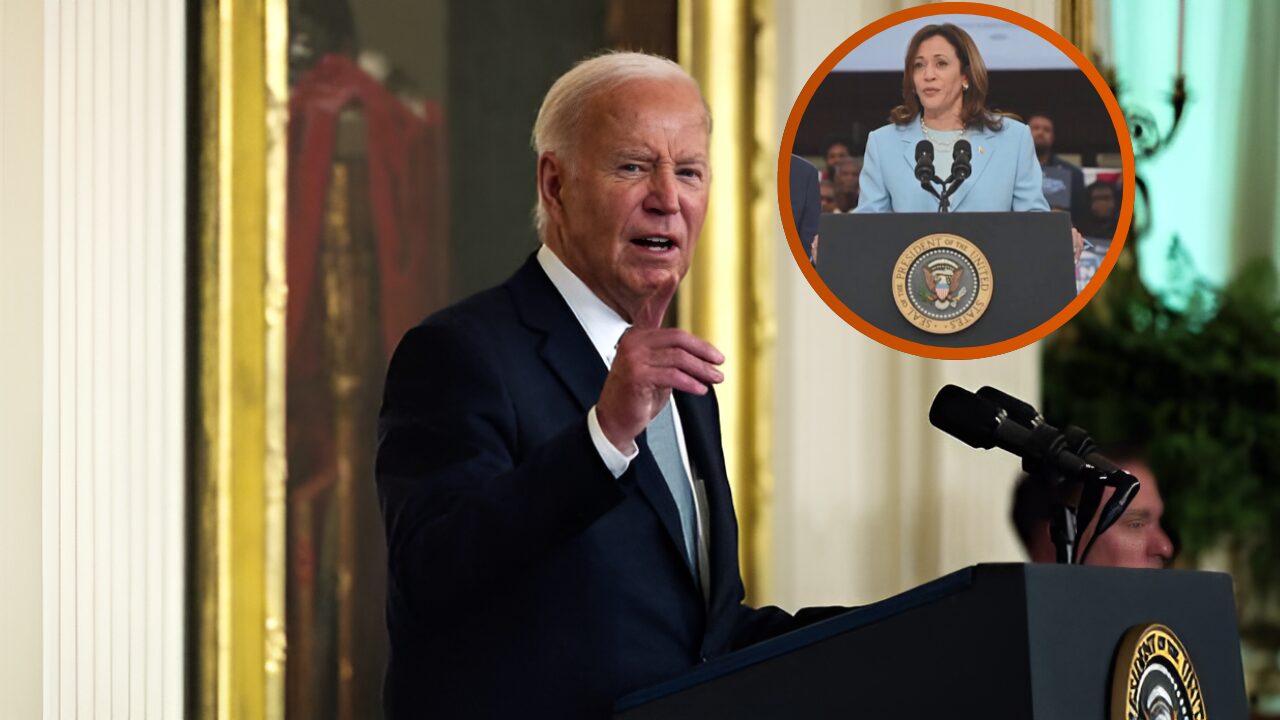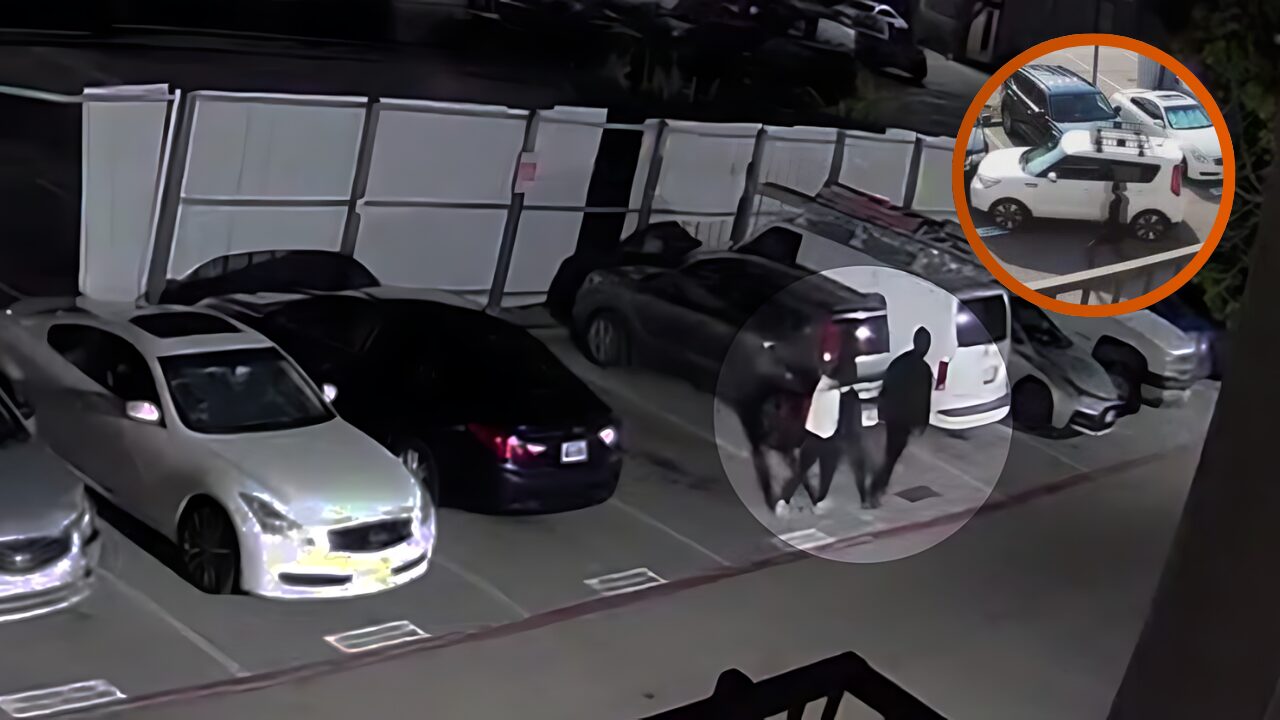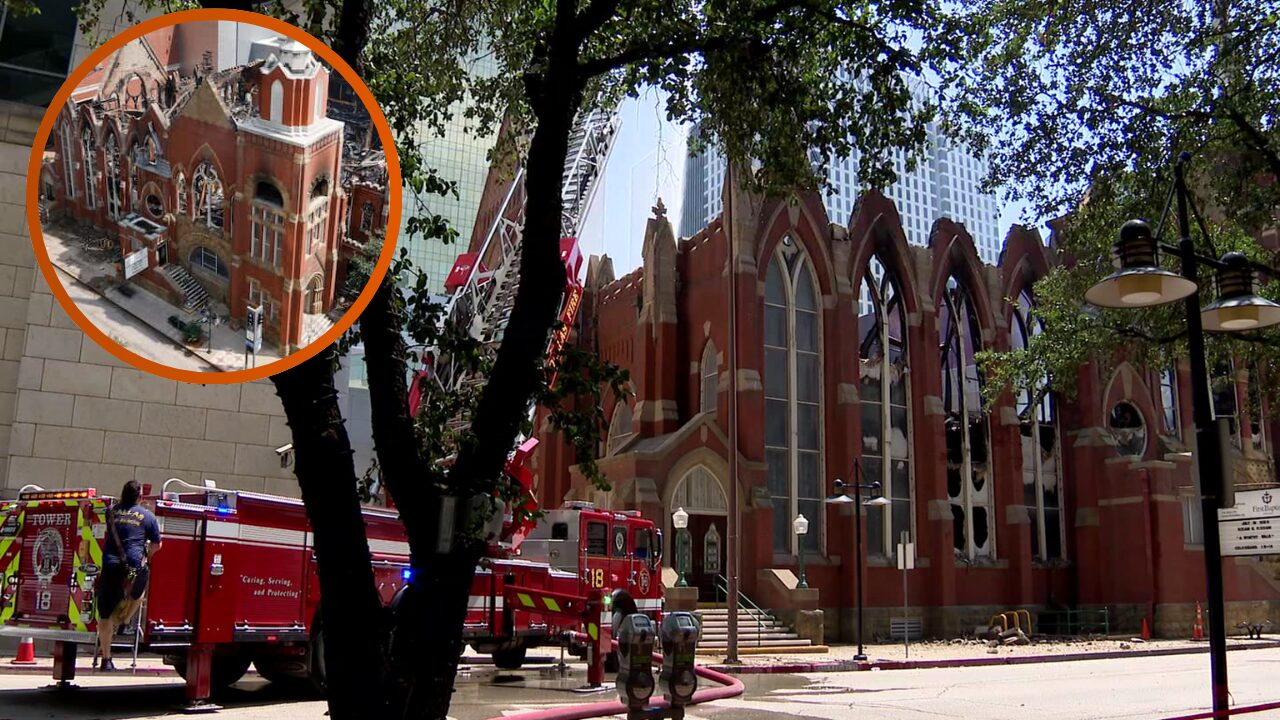
Texas A&M University to Close Qatar Campus by 2028 Amid Regional Concerns
Texas A&M University announces the closure of its Qatar campus by 2028, citing a strategic shift and regional instability as key factors.
Texas A&M University has announced its decision to shut down its Qatar campus by 2028, marking an end to a significant international presence established over two decades ago. The decision, made by the university’s Board of Regents, arises from a strategic shift to refocus its core mission within Texas and the United States, alongside concerns over “heightened instability” in the Middle East.
The Qatar campus, inaugurated in 2003 as part of Qatar’s Education City—a hub for international universities—has been a key location for Texas A&M to offer programs in engineering and other fields. The campus is one of six U.S. universities in the Education City initiative, facilitated by the Qatar Foundation, aimed at fostering educational and research collaborations.
Bill Mahomes, Chairman of the Texas A&M University System Board of Regents, articulated the board’s stance, emphasizing the need to prioritize the university’s foundational goals closer to home. This strategic pivot reflects a broader reassessment of the university’s global footprint, considering the evolving geopolitical landscape in the Middle East.
The university’s decision does not imply an immediate cessation of operations. Instead, it initiates a multi-year process to ensure a structured and supportive transition for students, faculty, and staff currently engaged at the Qatar campus. This phased approach is designed to fulfill existing educational commitments, safeguarding the academic future of current students and maintaining support for faculty and staff during the transition period.
As Texas A&M University prepares to conclude its chapter in Qatar by 2028, the move underscores the complexities universities face in sustaining overseas campuses amid shifting global dynamics and the imperative to align international engagements with institutional missions and safety considerations.












